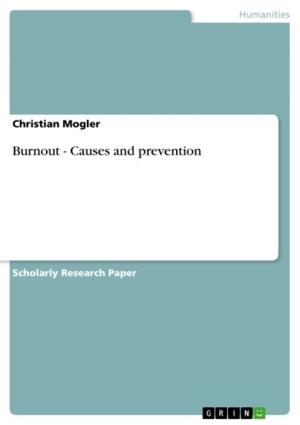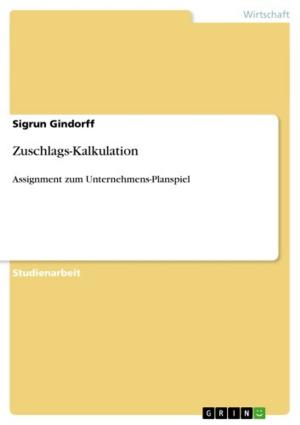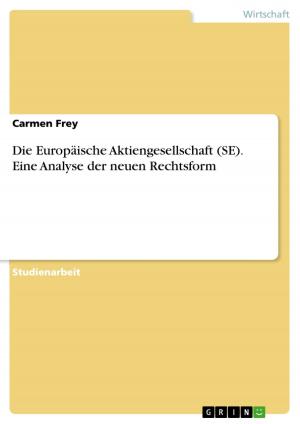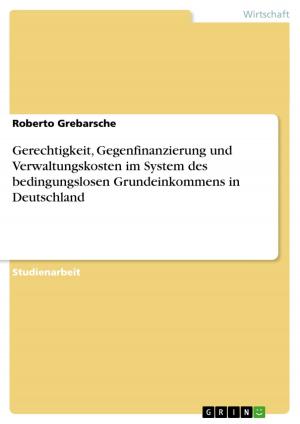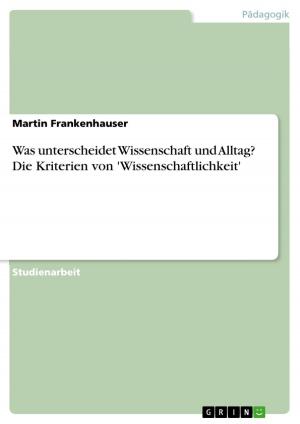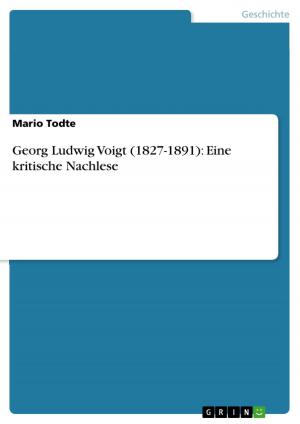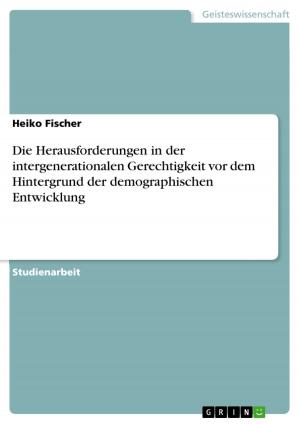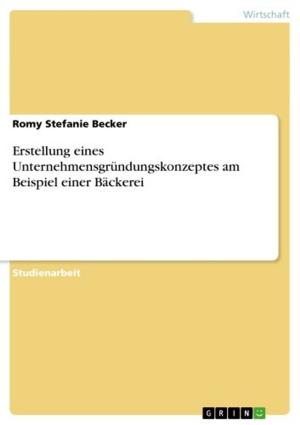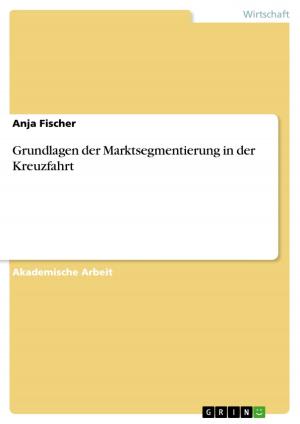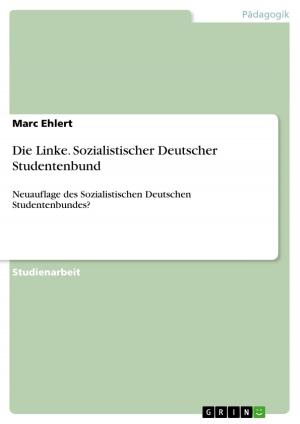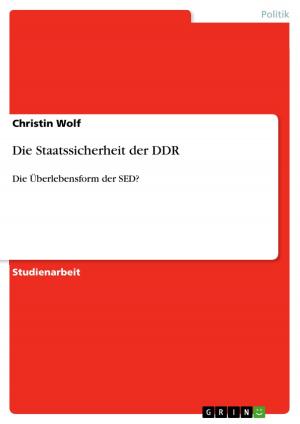Trace Elements Evaluation for some mine ponds in the Tin Mining Areas of Jos amd Environs, Plateau State, Nigeria
Trace Elements
Nonfiction, Science & Nature, Science, Earth Sciences, Geology| Author: | Isah Haruna, Maigari, Isa, Mamman, Gusikit | ISBN: | 9783656331094 |
| Publisher: | GRIN Verlag | Publication: | December 7, 2012 |
| Imprint: | GRIN Verlag | Language: | English |
| Author: | Isah Haruna, Maigari, Isa, Mamman, Gusikit |
| ISBN: | 9783656331094 |
| Publisher: | GRIN Verlag |
| Publication: | December 7, 2012 |
| Imprint: | GRIN Verlag |
| Language: | English |
Research Paper (postgraduate) from the year 2012 in the subject Geography / Earth Science - Geology, Mineralogy, Soil Science, Abubakar Tafawa Balewa University (School of Science), course: Environmental Geology, language: English, abstract: The study area ('Derelict Land') in Plateau State fall within Y coordinates 1039185m to 1114995m and X coordinates 452385m to 514845m on the Nigeria's LANDSAT MSS 2001. The approximate area covered by the project is about 3178.1km22 from the satellite image measurements. Six mining areas were involved ( Jos-Bukuru, Rayfield, Sabongidan kanar, Bisichi, Kuru ? and Barikin Ladi) in this research. Analysis of land use changes confirmed that mining is rapidly claiming most of land. Preliminary application of Remote Sensing and Geographical Information System (GIS) to study satellite image of the mining areas is an attempt to evaluate and characterize the mining areas based on the spectral signatures of mine ponds, inactive abandoned mine dumps and structural pattern of the areas. The analysis of variance of the average trace element concentration from the six mining localities showed that Iron (Fe) is the only trace element that show universal anomaly in all the mining localities compared to WHO (2002) Standards for drinking (0.30ppm). Iron (Fe) anomaly range from 0.39-2.54ppm. Besides Iron (Fe), each mining locality has its unique trace elements anomaly. The overall analysis of variance between the average trace elements concentration in waters from the six tin mining localities compared to the World Health Organization Standards for consumable water confirmed anomalies of Fe, Pb, Cr, Co, Cu, Ni, Cd in waters collected from the mining localities which portrays environmental degradation as well as a tendency for pollution. The distribution of trace elements anomalies appeared to be consistent with increase in population and industrialization in the order; Jos > Barikin Ladi >Rayfield. The solution calls for intensive utilization of the joint technologies of Remote Sensing and Geographic Information System (GIS) to make effective evaluation of the areas and come up with a cost effective and constructive reclamation and re-utilization scheme which appeals to the environment. The scheme should be flexible enough to accommodate and convert minimum damage to environment as there is no use of land that is completely neutral to the environment
Research Paper (postgraduate) from the year 2012 in the subject Geography / Earth Science - Geology, Mineralogy, Soil Science, Abubakar Tafawa Balewa University (School of Science), course: Environmental Geology, language: English, abstract: The study area ('Derelict Land') in Plateau State fall within Y coordinates 1039185m to 1114995m and X coordinates 452385m to 514845m on the Nigeria's LANDSAT MSS 2001. The approximate area covered by the project is about 3178.1km22 from the satellite image measurements. Six mining areas were involved ( Jos-Bukuru, Rayfield, Sabongidan kanar, Bisichi, Kuru ? and Barikin Ladi) in this research. Analysis of land use changes confirmed that mining is rapidly claiming most of land. Preliminary application of Remote Sensing and Geographical Information System (GIS) to study satellite image of the mining areas is an attempt to evaluate and characterize the mining areas based on the spectral signatures of mine ponds, inactive abandoned mine dumps and structural pattern of the areas. The analysis of variance of the average trace element concentration from the six mining localities showed that Iron (Fe) is the only trace element that show universal anomaly in all the mining localities compared to WHO (2002) Standards for drinking (0.30ppm). Iron (Fe) anomaly range from 0.39-2.54ppm. Besides Iron (Fe), each mining locality has its unique trace elements anomaly. The overall analysis of variance between the average trace elements concentration in waters from the six tin mining localities compared to the World Health Organization Standards for consumable water confirmed anomalies of Fe, Pb, Cr, Co, Cu, Ni, Cd in waters collected from the mining localities which portrays environmental degradation as well as a tendency for pollution. The distribution of trace elements anomalies appeared to be consistent with increase in population and industrialization in the order; Jos > Barikin Ladi >Rayfield. The solution calls for intensive utilization of the joint technologies of Remote Sensing and Geographic Information System (GIS) to make effective evaluation of the areas and come up with a cost effective and constructive reclamation and re-utilization scheme which appeals to the environment. The scheme should be flexible enough to accommodate and convert minimum damage to environment as there is no use of land that is completely neutral to the environment

